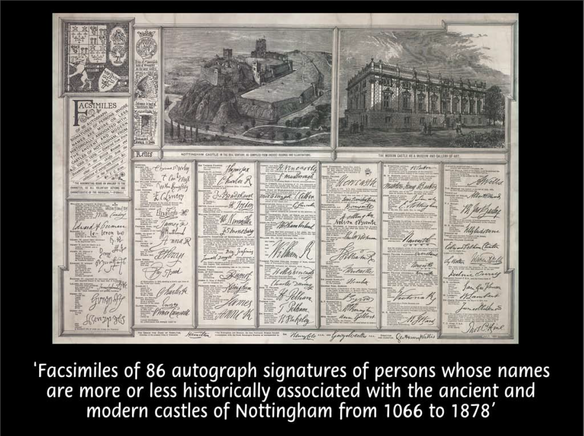 Scott's facts and findings
Welcome to Scott's ninth column. In this edition, he discusses the recent planning permissions obtained for the site and what that means for achaeology...
"Although planning permission has been granted for the
development plans at the Castle, further excavations
will have to take place if funding is granted and the go ahead is given to start work.
The largest excavation will take place in the Outer Bailey,
extending from near the Gatehouse towards the bandstand. Others will
take place in the Inner Ditch and the Service Courtyard. There will also be archaeological
monitoring, minor groundworks and maintenance.
What may be discovered?
Small excavations have already revealed parts of the ditch
that helped defend the Upper Bailey of the Castle from the time of the Castle's
construction shortly after the Norman Conquest, through to the Civil War. This
ditch will be further investigated.
In the Outer Bailey, evidence of medieval and post-medieval
occupation will be investigated in detail.
An excavation on this scale will
provide a vast amount of new knowledge of the development of the Castle from
the medieval period, showing what was happening during the height of the Castle's power, through to when the site went into decline in the 16th and
early 17th centuries, as well as during the Civil War.
The use of the Outer
Bailey as gardens during the 17th, 18th and 19th centuries
will also be revealed more fully.
|
 |
Iron Age
The site's occupation from the construction of the Castle in 1067 or 1068 is widely known but the Castle Rock was also occupied at a much earlier date, more than 2000 years ago, during that period we call the Late Iron Age.
Excavations have found pieces of Iron Age pottery mixed with more recent material, along with prehistoric worked flints. An excavation approximately 100m north of the Castle, on the site of the former General Hospital, revealed surviving remains of an Iron Age ditch.
Why this spot?
It is understandable that prehistoric settlers would choose to live on such a prominent position which overlooked the Trent Valley and the surrounding landscape. It was exactly for this reason that William the Conqueror later sited his castle here.
The nature of this early occupation is unknown, but it almost certainly existed within the site of the Castle. Remains of ditches have not been found at the Castle but that is because they are either too deep beneath the ground (buried by later landscaping) or they were destroyed during the Castle's development. Yet remains might possibly be encountered during future archaeological work.
At the moment, there is no timeline for archaeological work to take place but we will keep you posted.
Back to top
|